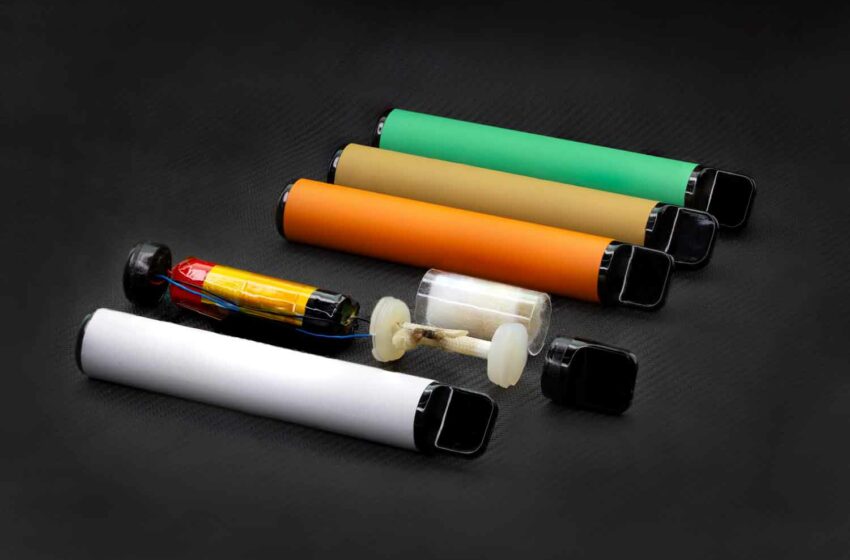The idea that the commission and the EU have lost the plot is supported by the effort they have put, and are putting, into the establishment and operation of a traceability system for tobacco products. Although this effort is aligned with the Protocol to Eliminate Illicit Trade in Tobacco Products, which came into force in 2018 under the aegis of the World Health Organization Framework Convention on Tobacco Control, it is not a health initiative. It has nothing to do with seriously trying to stop people smoking but is aimed at providing, in the commission’s words, “member states and the commission with an effective tool that enables the tracking and tracing of tobacco products throughout the union and the identification of fraudulent activities that result in illicit products being available to consumers.” In other words, the huge effort that is being expended to put the system in place is aimed at increasing the sales of licit tobacco by reducing those of illicit tobacco. But you have to ask whether this is a proper use of the commission’s energies, especially in the straitened times we are suffering.
It could be argued, of course, that it is in society’s interest to stop illegal trading no matter what products are involved, but I would counter that, in the case of cigarettes, such efforts merely show the commission to be chasing its own tail. The illegal trade in cigarettes in the EU is fueled by unfair levels of taxation applied to tobacco products by countries, in part at the behest of the commission, so the simple answer is to reduce taxes and do away with the need for a complex traceability system.
And it is complex, as anybody will realize if they read through the commission’s Nov. 3 draft of recommended amendments to the 2018 traceability system Implementing Regulations, which weighs in at 17 pages with 23 pages of appendices. “The traceability system established in accordance with Implementing Regulation (EU) 2018/574 started collecting data on tobacco products’ movements and transactional data on 20 May 2019,” the draft says. “Experience in its implementation has further demonstrated the importance of high quality, accuracy, completeness and comparability of the data that need to be recorded and transmitted to the system in a timely manner.
“In its report on the application of Directive 2014/40/EU of 20 May 2021, the commission stressed that the member states and the commission had considerable problems with the quality of traceability data …”
You can imagine where this goes—into a haze of legalese covering the minutiae of tobacco product logistics. None of this helps smokers, but it helps to provide jobs for those in the burgeoning and lucrative trade of making miserable the lives of smokers.
Who pays for this traceability rigmarole, you might ask. Well, according to the commission, it’s very simple. The costs of operating and maintaining the system, and of storing the data, is borne largely by tobacco manufacturers and importers. But you would have to be terribly naive to accept that at face value. The costs purportedly borne by manufacturers and importers will be passed onto smokers, which will increase the financial burden on them and make it more likely that they will turn to illicit products. The system, incomprehensibly, is designed to punish those who buy licit products for the sins of those who buy illicit products. Again, the commission is chasing its tail.
What the commission needs right now is a good dose of simplicity. It should throw out the complexities of traceability, unban snus, stop agitating for a ban on nicotine pouches, stop interfering in the development of the sorts of e-cigarettes and heated-tobacco products capable of persuading smokers to quit their habit, and stop worrying about novel products that might or might not come along.
The collective intelligence of smokers, aligned with the best interests of tobacco product and nicotine product manufacturers, clearly intent on converting the market, will do the heavy lifting. It is time to sweep away the musty, overly complex ideas of the past and let in some light and new thinking.
Yeah, like that’s going to happen in the run-up to the EU’s Tobacco Products Directive III, with the huge number of anti-smoker jobs on the line.
























